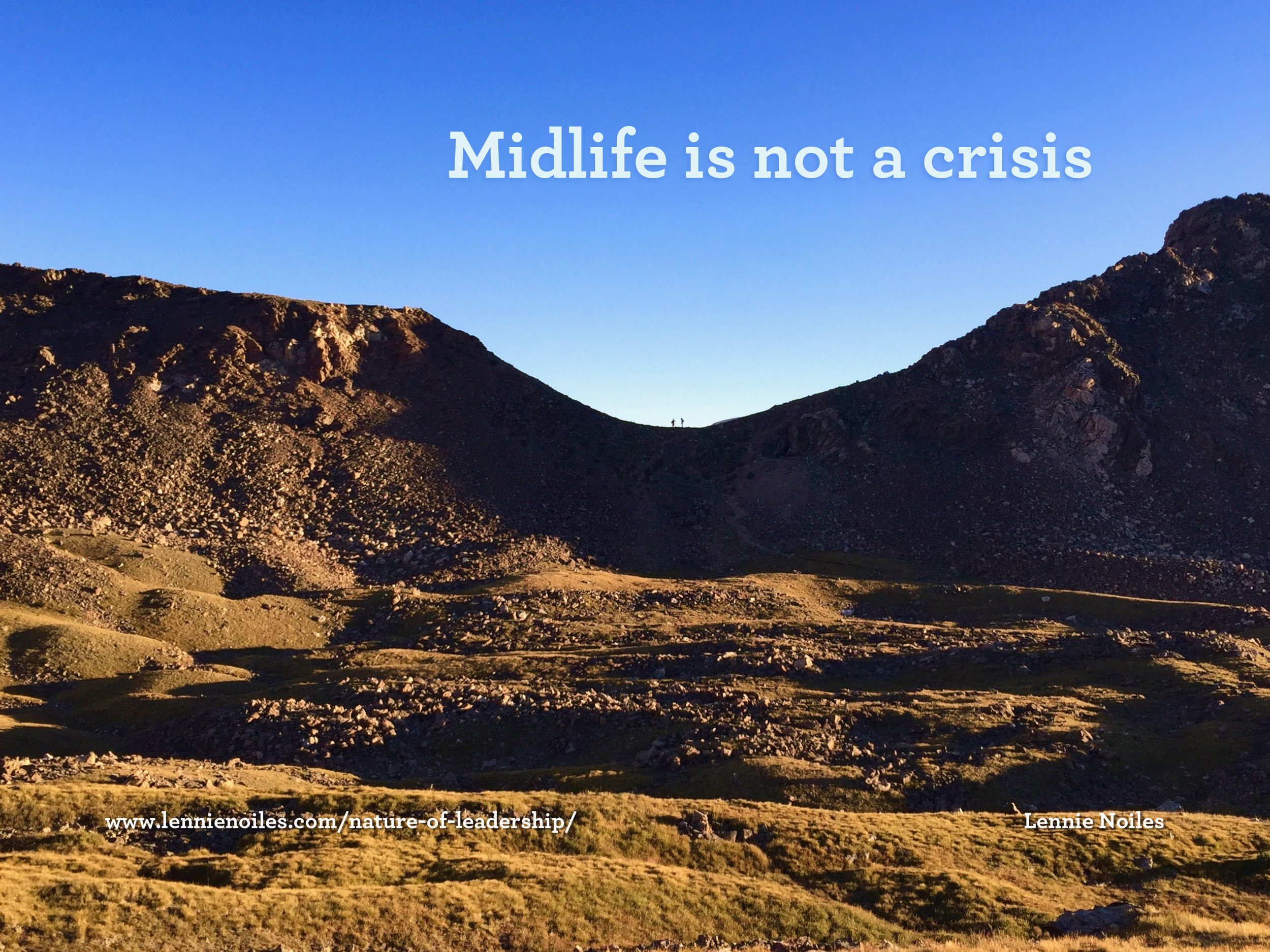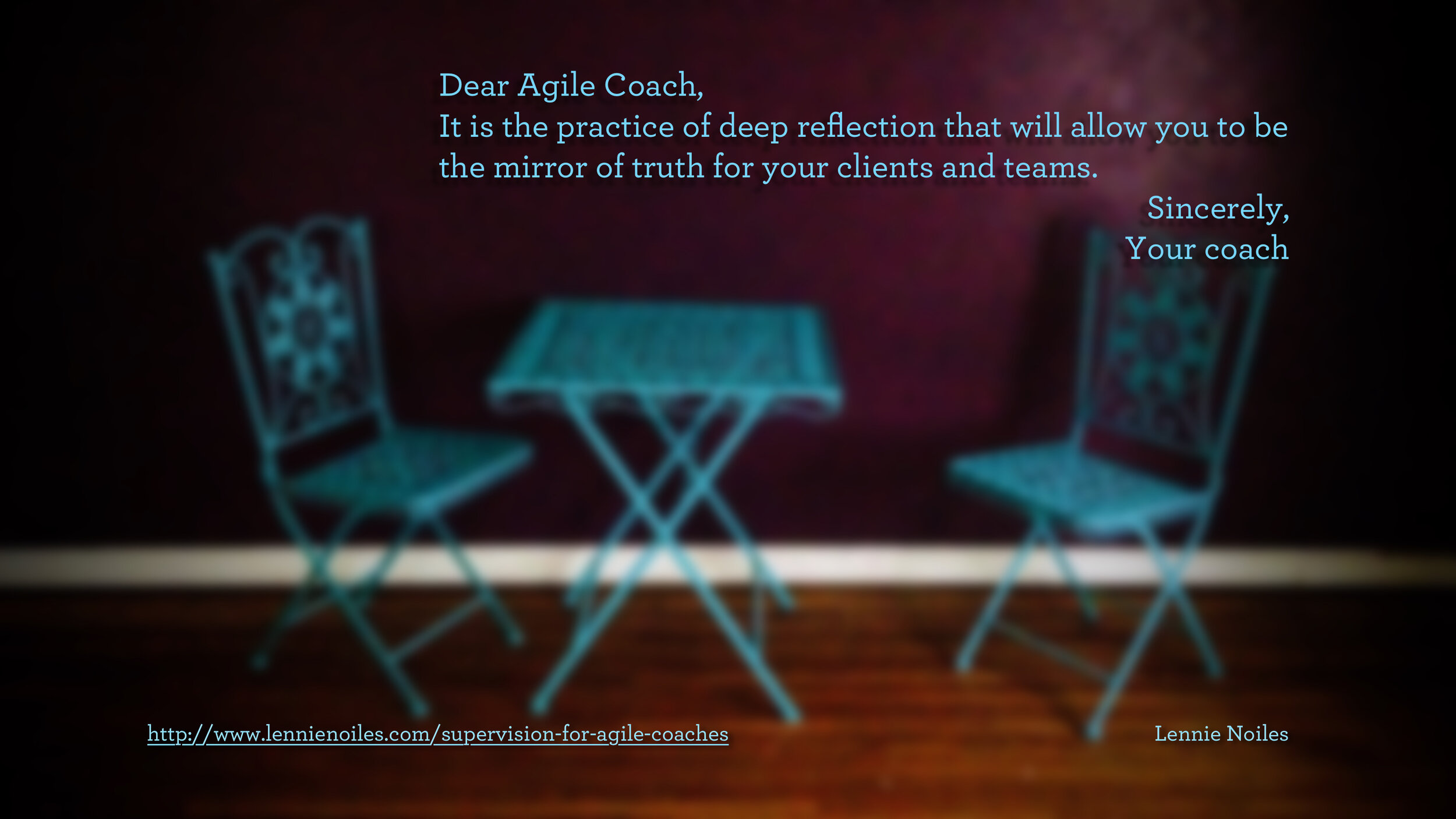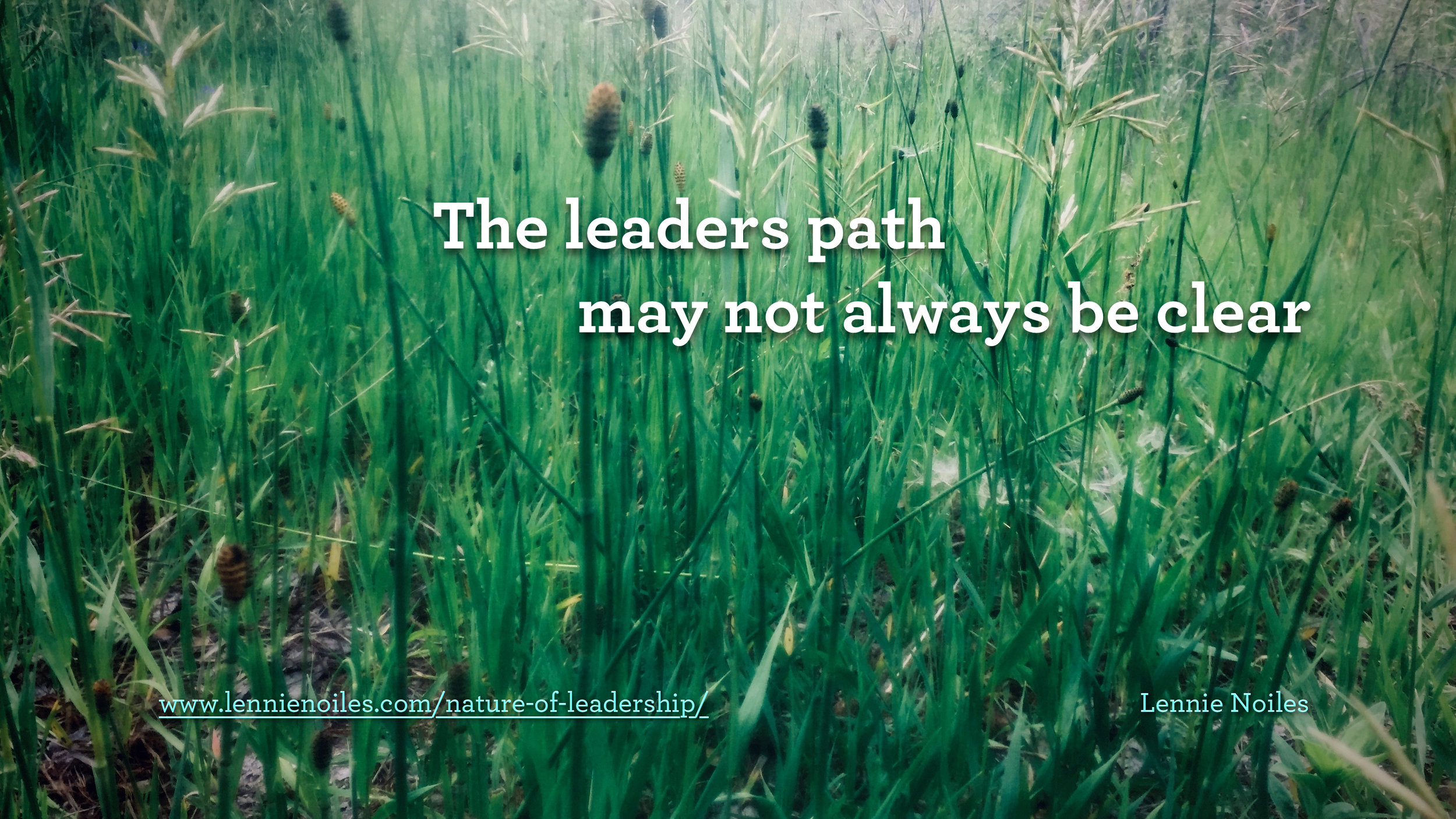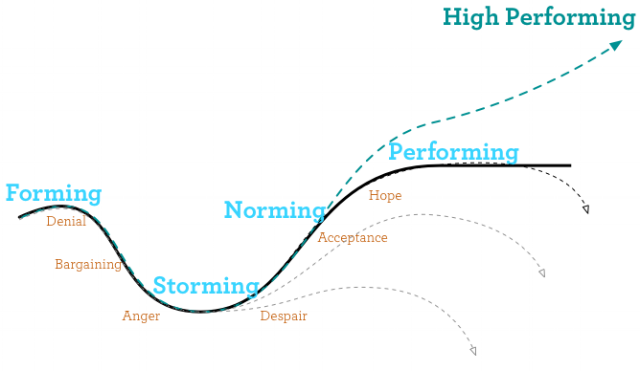I asked AI (Chat GTP3.5) to rewrite my post on EOY leadership retrospectives. Here is my original unedited 1st draft:
Hello October and welcome to Q4.
This is the time we we rush to finish projects before the end of year holiday season. We hurry to spend “use it or loose it” budget dollars. We begin planning the coming year.
As the year comes to a close we should also take the time to look backend reflect on the past year. To leverage learning a formal facilitated retrospective is recommended. A leadership team retrospective can last from a few hours to several days. The sweet spot being a day long event with deliberate actionable followup.
Although the purpose of a leadership retrospective is to review the past, it best to not to start the retro looking backward. Instead the retrospective should start with two specific questions: “Why are we here,” and “Where are we going?”
Retrospectives traditionally start by asking about the past: what went wrong, what went well, what do we want to change, start, or stop. These are important questions to answer, but by starting by looking backward we become anchored to the past. Looking back biases our thinking toward the way we have always done things and enforces resistance to new ways of behavior and forward thinking.
When we ask, why are we here, we set the stage for learning, growth, and alignment. When we understand we are here to reflect on the past in order to to move forward, we level-sets the conversation. This is also an opportunity to get everyone on the same page playing from the same playbook for the betterment of the leadership team and the organization.
The next question to address is future facing, “Where are we going?” Clarifying our goals and direction allows the future to pull us forward as we reflect on the past. This prevents the past from pulling us backward. Now as we reflect we can look at the past with an eye on the future. We ask reflective questions attached to future outcomes, for example; dit the way we meet past challenges hinder or help us move toward the desired future state? If our response was negative how can we adjust our behavior to align with our future self. This line of questioning requires us to acknowledge and accept who we are today (real-identity) before we can begin moving forward to meet our future self (ideal-identity).
The Paradoxical Theory of Change state we must become who we are not who we are not. Retrospectives allow us to discover our current self and learn from the past in order to move forward to the future we want.
Need help facilitating your retrospective? I coach leadership teams by bringing the past and future into alignment with the present.
Here is the output from the AI rewrite:
🚀 Embrace the Power of Year-End Leadership Retrospectives 🚀
Greetings, Visionaries of Change,
As October ushers in the final quarter of the year, it’s time to set our sights on the horizon and let the pull of the future ignite our journey through the past. While we may be racing to complete projects and allocate those “use it or lose it” budget dollars, it’s equally essential to prepare for what lies ahead.
In the mad rush towards year-end, it’s easy to forget the profound wisdom that comes from introspection. That’s why I urge you to pause, to reflect, and to embrace the transformative potential of a formal, facilitated leadership retrospective.
Imagine a day dedicated to sculpting the future, a day where leaders unite to chart a course towards excellence. This isn’t your average stroll down memory lane; it’s a purposeful, forward-thinking voyage that can span from a few hours to a full day, armed with actionable follow-ups.
But here’s the twist: we don’t begin by gazing into the rearview mirror. No, our retrospective begins by piercing through the fog of tradition and habit with two potent questions: “Why are we here?” and “Where are we going?”
“Why are we here?” — a question that unfurls the canvas of possibility. It sets the stage for enlightenment, growth, and alignment. We’re here to unearth the gems of the past and leverage them for our journey into the unknown. This is the moment to rally our team around a common vision, a playbook designed to elevate not just us but our entire organization.
And then comes the future, beckoning us with “Where are we going?” Clarity emerges as we define our goals and direction. The future becomes a magnetic force, pulling us forward while our retrospective reflects on the past. No longer captive to history’s grasp, we now examine the past with a view to the future. We inquire about the past’s influence on our future, asking questions that demand self-reflection: Did our past actions hinder or propel us toward our future aspirations? If the answer tilts towards the negative, how can we reshape our behaviors to synchronize with our ideal selves?
This process forces us to confront our current identity before we can evolve into our future selves. It embodies the Paradoxical Theory of Change, compelling us to become who we aspire to be, not who we were.
Year-end leadership retrospectives aren’t just about reminiscing; they are the crucible where we mold our present into the vessel of our future desires. They are the compass that guides us through the uncharted waters of transformation.
If you find yourself needing guidance in this transformative journey, remember that I am here to support you. Together, we can bridge the gap between the past and the future, creating alignment in the present.
In the quest for leadership excellence, let us march boldly into the future, leaving behind the weight of the past, driven by the unwavering vision of what lies ahead. 🚀🌟 #LeadershipExcellence #YearEndRetrospectives #FutureLeadership
Whichever version you prefer, the point is, the best leadership teams leverage the past and are pulled by the future. I look forward to hearing about your leadership team retrospectives.













